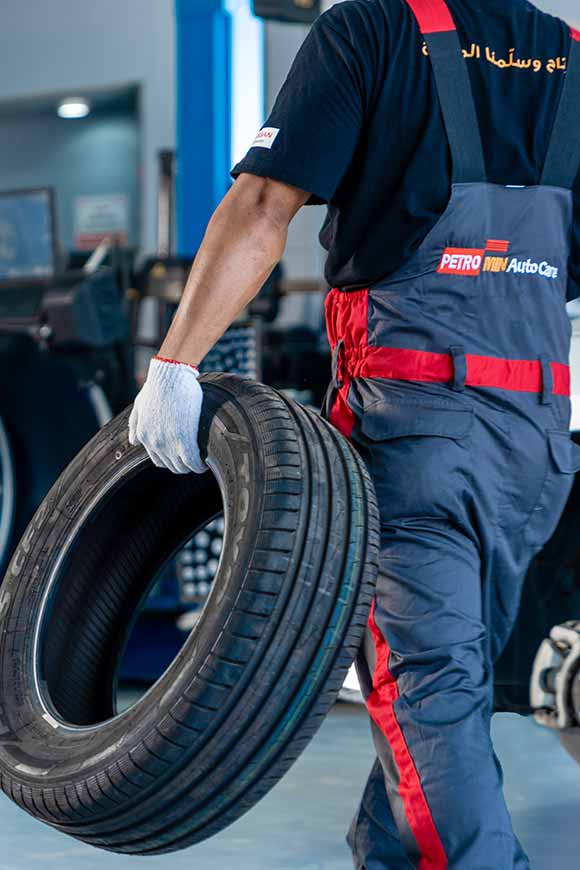Understanding Tire Wear Patterns and What They Indicate
Tire wear is a natural part of owning a vehicle, but did you know that the pattern of wear on your tires can indicate issues with your vehicle? Understanding tire wear patterns can help you identify and resolve potential problems before they become major issues. In this blog post, we’ll go over the most common tire wear patterns and what they indicate.
Center Wear
Center wear is the most common tire wear pattern and occurs when the center of the tire tread wears down faster than the outer edges. This pattern is often caused by overinflated tires, which can cause the center of the tire to carry more weight than the edges. It can also be caused by a misalignment or worn suspension parts
Outer Edge Wear
Outer edge wear is the opposite of center wear and occurs when the outer edges of the tire tread wear down faster than the center. This pattern is often caused by underinflated tires, which can cause the edges of the tire to carry more weight than the center. It can also be caused by a misalignment or worn suspension parts.
Cupping Wear
Cupping wear is characterized by a series of small, scalloped depressions around the circumference of the tire. This pattern is often caused by worn or damaged suspension parts, such as shock absorbers or struts. It can also be caused by unbalanced tires or wheels.
Feathered Wear
Feathered wear occurs when one side of the tire tread is smooth and the other side is sharp. This pattern is often caused by a misaligned vehicle, which can cause the tire to point slightly in one direction. It can also be caused by worn suspension parts or unbalanced tires.

Understanding tire wear patterns is an important part of maintaining your vehicle. By identifying and addressing tire wear patterns early, you can prevent more serious issues from developing. If you notice any of these tire wear patterns, it’s important to have your vehicle inspected by a professional mechanic to determine the cause and proper solution.
